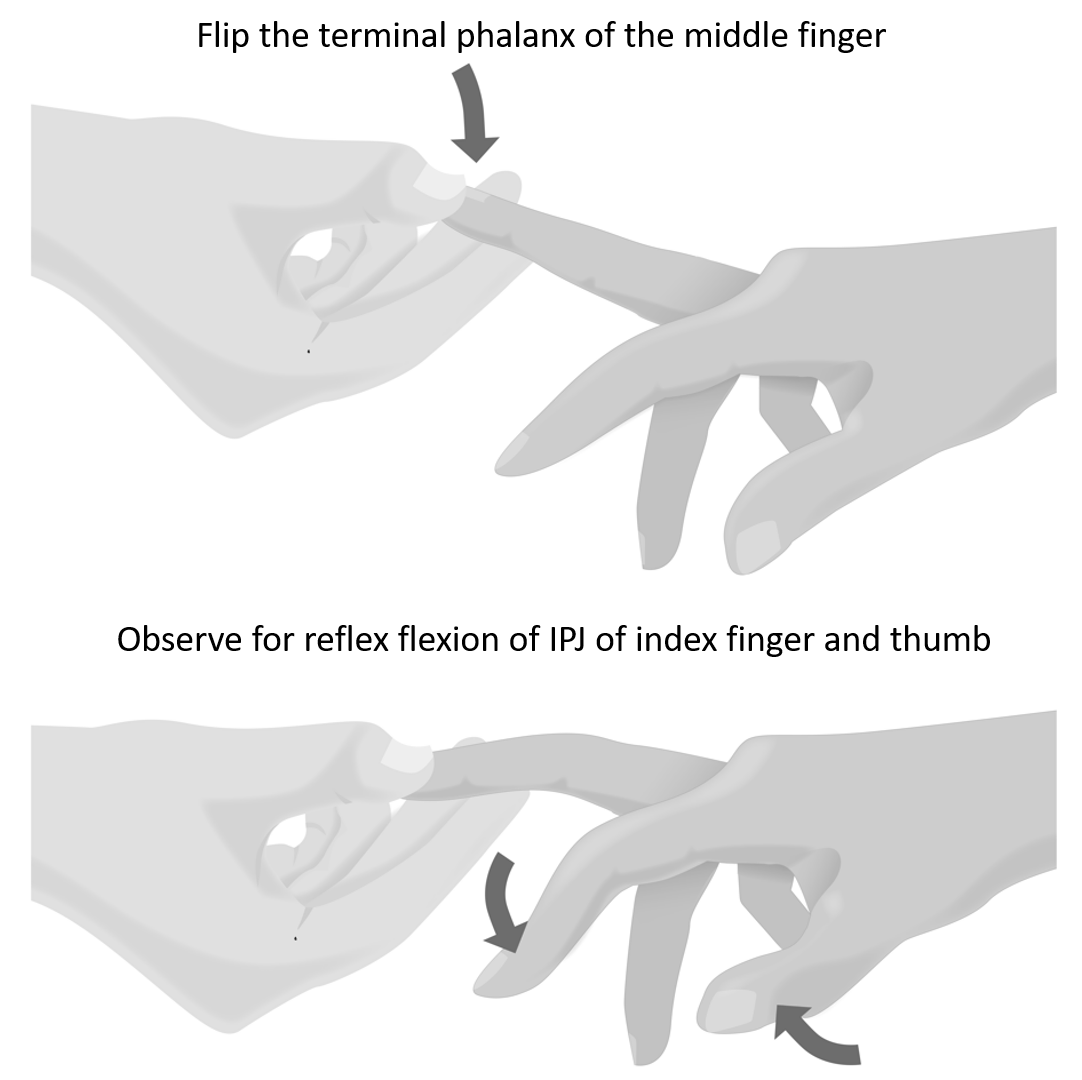History Method of Eliciting Hoffmann’s Reflex Mechanism of Positive Hoffmann’s Reflex Sudden stretch of the finger flexors causes involuntary finger flexor contraction due to activation of a monosynaptic stretch reflex. Exaggeration of the reflex is caused by hyperreflexia in the setting of upper motor neuron dysfunction. Upper motor neuron lesions…
Tag: Clinical examination
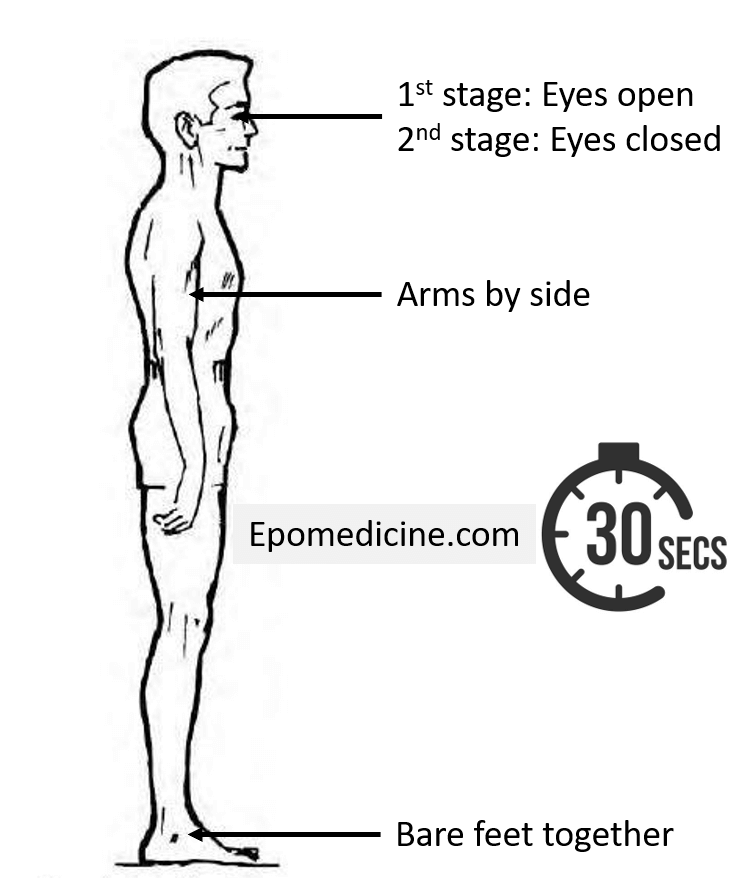
Romberg test
Tests the function of: Posterior or Dorsal column which may be impaired in: Subacute combined degeneration (SCD) of spinal cord (Vitamin B12 deficiency) Posterior cord syndrome (Posterior spinal artery infarction) Hemisection of spinal cord (Brown Sequard syndrome) Pathophysiologic basis: When the patient is standing with the eyes open, visual, proprioceptive,…
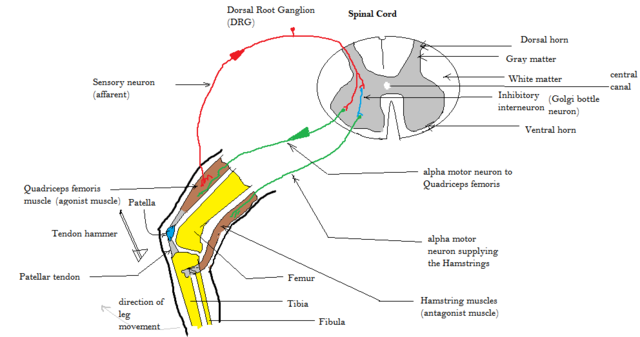
Deep tendon reflexes
Deep tendon reflexes are monosynaptic reflexes integrated at lamina IX of the spinal cord. Deep tendon reflexes may be interpreted as: Normal Diminished or absent (hyporeflexia): Lower motor neuron lesions Exaggerated or clonus (hyper-reflexia): Upper motor neuron lesions Inverted or paradoxical: Damaged afferent pathway Name Spinal level Peripheral nerve Location…
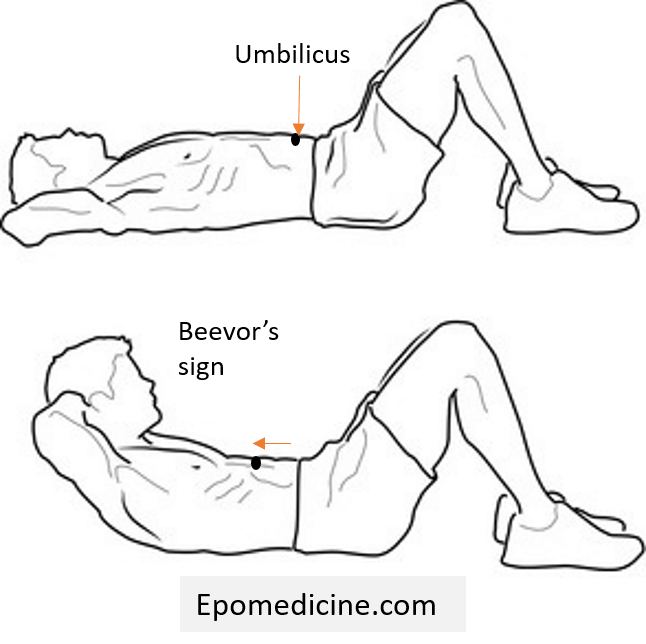
Beevor’s sign
Named after: Charles Edward Beevor Definition: Upward (Cephalad) movement of the umbilicus in a supine patient attempting either to flex the head onto the chest against resistance or performing a sit-up. It is not a pathologic reflex, but a sign resulting from imbalance in muscle strength between the upper and…

Tanner stages : Simplified with Mnemonics
Breast Development Mnemonic: ABCDE Stage 1 – Absent development Stage 2 – Breast bud Stage 3 – Common Contour (not separated) Stage 4 – Double mound (contour separated) Stage 5 – End stage development (Adult type) Male Genitalia Development Mnemonic: ABCDE Stage 1 – Absent development Stage 2 – Bulky…
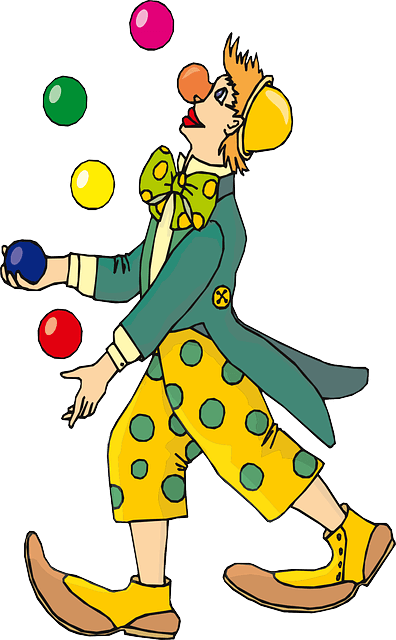
Modified Ashworth Scale for Spasticity : Mnemonic
Ashworth scale tests resistance to passive motion about a joint with varying degrees of velocity. Modified Ashworth Scale (Bohannon and Smith, 1987) has 1+ grading between grades 1 and 2. Modified Ashworth Scale (Ansari et.al., 2006) has been described here. Mnemonic: Ashworth is a juggling clown 0 : 0 is…
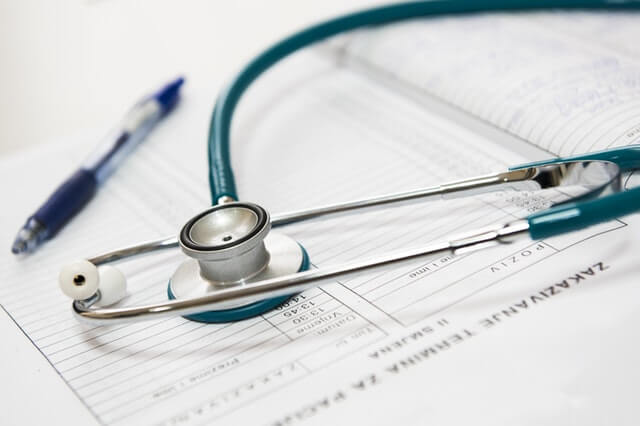
Social History : Mnemonics
Mnemonic: FED TACOS Food Exercise Drugs Tobacco Alcohol Caffeine Occupation Sexual history Reference and further reading: History and Physical Examination: A Common Sense Approach By Mark Kauffman (DO.) Mnemonic: 10 Fs Family/Friends: Marital status, Caregivers and their status Fertility: Impotence for men, Other issues for women Food: Dietary history Freud:…
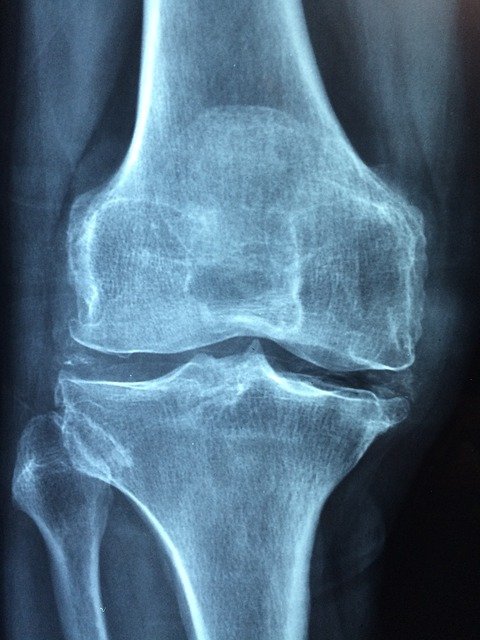
Mnemonic Based Approach to Joint Pain
Step 1: Arthralgia vs Arthritis Arthralgia Arthritis Symptom Diagnosis Joint pain without inflammation Joint pain with inflammation (swelling, redness, tenderness) Articular or Non-articular Articular Articular Non-articular Pain with all joint ROMs Pain with only some joint ROMs Most painful at the limit of joint ROM May not be most painful…
